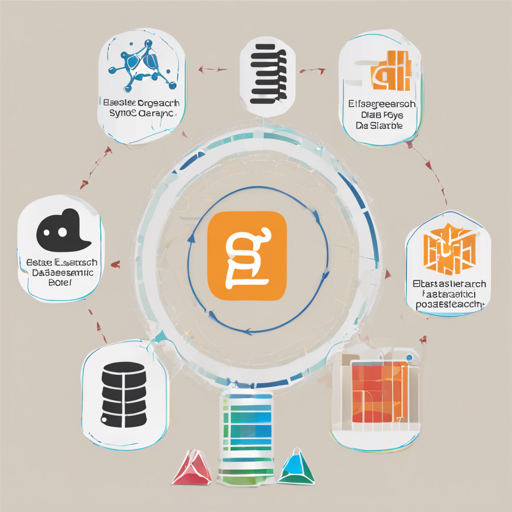Synchronizing data between PostgreSQL and Elasticsearch can be a daunting task, akin to trying to balance plates while performing a circus act! Fortunately, with PGSync, this process becomes a straightforward venture. This guide will walk you through the steps needed to set up PGSync and troubleshoot any issues you may encounter along the way.
Getting Started with PGSync
PGSync is a middleware solution that allows seamless syncing of data from your PostgreSQL database to Elasticsearch or OpenSearch. By enabling PGSync, you can keep your PostgreSQL database as the source of truth, while exposing denormalized documents through Elasticsearch for search purposes.
Installation
To get started, you can install PGSync through a couple of methods:
- Using Docker: This is the easiest way to run PGSync without complex setups.
- Manual configuration: This method involves a series of steps that we will outline below.
1. Running in Docker
To quickly set up PGSync using Docker, you can execute the following command:
$ docker-compose upThen, to check the content in Elasticsearch or OpenSearch, use:
$ curl -X GET http://:9201/reservations_search?pretty=true 2. Manual Configuration
If you prefer manual configuration, follow these steps:
- Setup:
- Ensure the database user is a superuser.
- Enable logical decoding in your PostgreSQL configuration file (postgresql.conf) by adding:
- wаl_level = logical
- max_replication_slots = 1
- You may also set a ceiling on the replication slot size for cost management:
- max_slot_wal_keep_size = 100GB
- Installation:
- Install PGSync using pip:
$ pip install pgsync - Create a custom schema file (schema.json) for your document representation.
- Bootstrap the database (one-time only) using:
$ pgsync --config schema.json$ pgsync --config schema.jsonWith the setup complete, PGSync is now ready for action!
The Magic of PGSync: Explained with an Analogy
Consider your PostgreSQL database as a large library with bookshelves, where each book (data entry) is meticulously placed and cataloged. Now, think of Elasticsearch as a bustling bookstore nearby that wants to showcase some of the library’s bestsellers to attract patrons. PGSync acts as a friendly librarian who carefully selects books to send over to the bookstore. The librarian not only handles the initial selection but also ensures that each time a book is checked out, returned, or updated in the library, the bookstore is promptly informed so it can keep its display accurate and up-to-date.
With PGSync, every change, be it an insert, update, or delete, is swiftly communicated so the bookstore gets the latest version of each book whenever needed. This analogy beautifully encapsulates the core functionality of PGSync—synchronizing data efficiently and effectively!
Troubleshooting PGSync
While using PGSync, you might run into a few bumps. Here are some troubleshooting tips to help guide you back on track:
- If you encounter synchronization issues:
- Check if logical decoding is correctly enabled in the PostgreSQL config.
- Ensure that the “wal_level” parameter is set to “logical”.
- Look into PGSync logs for any specific error messages.
- If data isn’t appearing in Elasticsearch:
- Verify your schema configuration for any discrepancies.
- Make sure the Elasticsearch index is properly set up and reachable.
For more insights, updates, or to collaborate on AI development projects, stay connected with fxis.ai.
Conclusion
In conclusion, PGSync simplifies the complex task of keeping your PostgreSQL data mirrored in Elasticsearch, allowing you to focus on developing your applications without worrying about underlying data synchronization issues. By following this guide, you’re set to harness the full power of dynamic data access in your projects.
At fxis.ai, we believe that such advancements are crucial for the future of AI, as they enable more comprehensive and effective solutions. Our team is continually exploring new methodologies to push the envelope in artificial intelligence, ensuring that our clients benefit from the latest technological innovations.

